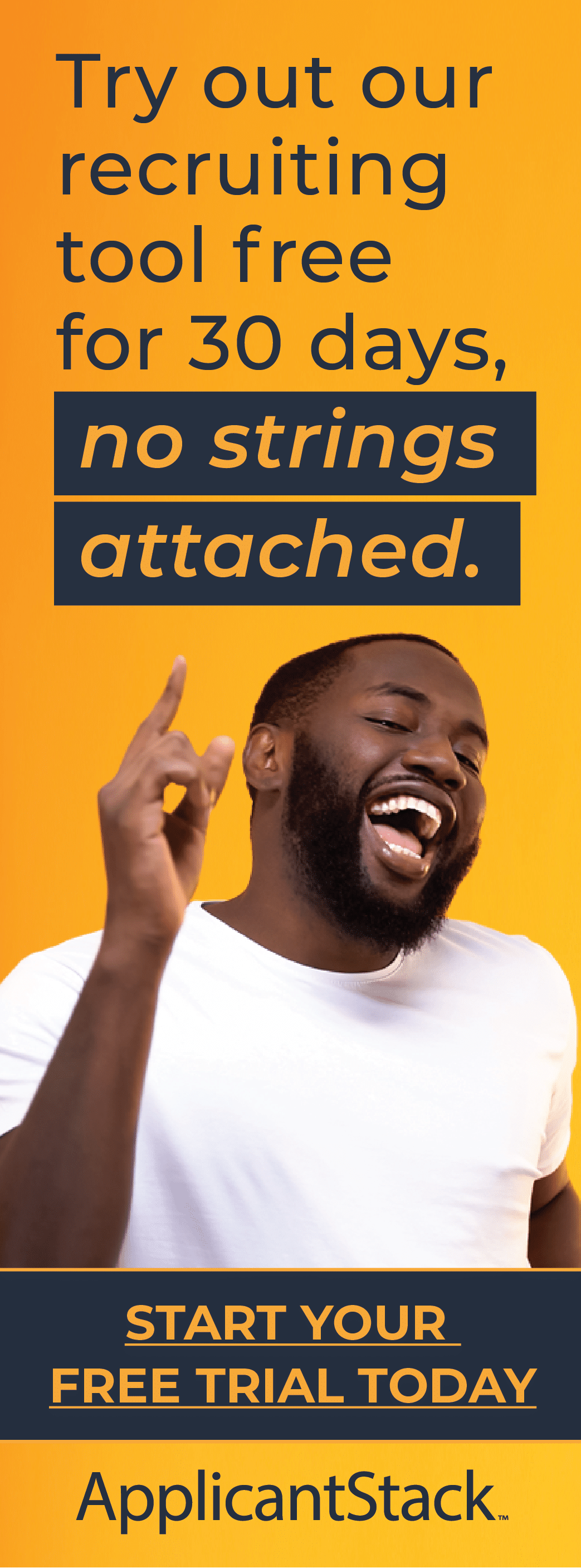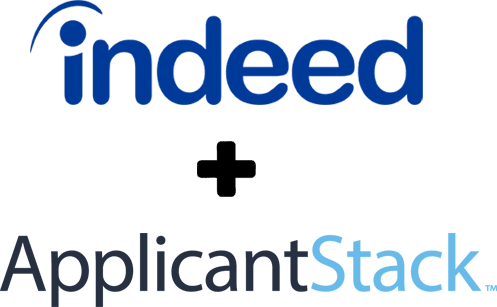Employee onboarding is critical to the quality of your company’s services. However, many companies underestimate the power of a well-thought-out employee integration strategy and suffer the consequences as a result.
According to a CareerBuilder survey, one in three employers don’t have a structured onboarding process, and a substantial number reported to have experienced costly repercussions. The absence of onboarding frameworks has also negatively impacted company performance, including:
- Decreased productivity (16%)
- Greater inefficiencies (14%)
- Bad employee retention (12%)
- Lower team morale (11%)
- Weak employee engagement (10%)
- Declining confidence from workers (10%)
- Lack of trust within the organization (7%)
- Missed revenue targets (6%)
That’s why it’s essential to harness your onboarding to ensure your incoming employees feel supported, confident and engaged from the moment they begin their roles. Implementing a strong new hire orientation plan is the first step to achieving more from your business.
Here, we’ll cover everything you need to know about planning and executing a successful orientation. Let’s get started!
The Importance of New Hire Orientation
It’s key to understand that new employee orientation slightly differs from onboarding. Onboarding is an ongoing operation that’s put in place to support hires from the recruiting stage until they have settled into their positions. This period may last around 30 days to three months. However, orientation acts as a component of the larger onboarding process.
Orientations are typically one-time events that take place on employees’ first days of work. They aim to provide new employees with a high-level overview of your organization, its managerial structure and the relevant teams. These occasions give businesses the opportunity to make a great first impression that lasts throughout their employee journey.
A successful orientation should achieve the following:
Make Employees Feel Welcome
Being the new starter isn’t always easy, and for many, integrating within a foreign working environment alongside a team of strangers can bring nerves and tension. As the initial experience for new staff members, orientations should make participants feel comfortable and reassured in their new positions.
Boost Engagement
Employee orientation programs assist recent hires in their work environments by providing key information and introducing them to their new colleagues. Giving them the resources they need early on in their journey can increase engagement by keeping them informed, making for a happy, confident and established member of the team.
Outline Expectations
Regardless of your new employee’s current experience, it’s essential to set them up for success within your institution. Aim to specifically customize your new hire orientation to fit the role you’ve hired for. Tailoring your approach will help ensure they’re aware of their responsibilities and obtain the appropriate information and resources to perform well in their job.
Reduce Employee Turnover
When all is said and done, a key focus of your orientation should be to retain the employees you’ve hired. Employees who feel the onboarding process has prepared them for their new jobs, instilled confidence and made them feel like valued assets are more likely to stay within their roles.
What To Include in New Hire Orientation
The style and approach of your staff orientation program will likely depend on varying factors, such as your organization, industry and the vacancies you’ve filled. However, there are a few elements that should be covered in all cases. Here are some key areas that need to be included as part of your orientation.
Company Culture, Mission and Values
Joining employees should know the core values of your organization to understand business goals, working according to that mantra. For example, if you’re a recruitment agency that prioritizes acquiring experienced tech-focused candidates and a new hire’s previous company had high volumes of applicants, this difference would have a direct impact on your quality of customer service. That’s why it’s essential to share the specific mission of your business.
Management Introduction
Providing a walkthrough of your organization’s management chart is imperative to successful onboarding. Introduce incoming employees to the structure of executive leaders and managers within your company. It may also be beneficial to incorporate prominent executives into your new hire orientation schedule. This will allow leaders to introduce themselves in person and share valuable information about the company. If schedules are too tight, creating a welcome video or squeezing in a 10-minute video call are other routes to take.
Department-Specific Information
To ensure new hires have what they need to start off on the right foot, they’ll need to receive the necessary departmental information relevant to their role. This can include contact information, building layouts and file storage.
Company Policies and Procedures
Several policies and procedures must be explained early on in staff training. A few policies to cover in your orientation may include:
- Safety and security procedures
- Paid time off (PTO)
- Equal employment opportunity (EEO) policies
- Other relevant company policies
These areas should be covered in your employee handbook, so ensure you offer each new hire a paper or digital copy of this guide. Once the orientation is complete, get all joining team members to sign an acknowledgment stating that they received and reviewed the handbook as part of their new hire welcome package.
It’s also good to inform employees of their compensation and outline any benefits packages that they’re entitled to, such as healthcare, retirement plans, supplied equipment or wellness support.
Best Practices for New Hire Orientation
After creating an excellent candidate experience, it’s important to maintain your new hire’s satisfaction by following these best practices. To ensure you develop a successful new hire orientation, we’ve listed some best practices to keep in mind.
Pick the right time
Strategize the time and day of your new hire orientation based on your company’s day-to-day functionality. For example, if Wednesdays and Fridays are busier than other days, aim to onboard hires and host orientation sessions earlier in the week. Making informed scheduling decisions will enable you to focus on your new recruits and minimize the likelihood of distraction.
Share your onboarding agenda
Clearly formatted agendas will keep employees informed and prepare them for their first week in the new job. Before orientation, email incoming staff with a timetable that breaks down what the beginning of their professional journey will entail. Creating a structured plan helps to ensure the initial onboarding stage goes smoothly and eliminates the unnerving uncertainty of beginning a new role. Including a thoughtful welcome message in your email will also set you up for a strong start.
Encourage interaction
Presentations won’t work well if you’re aiming to engage new employees. Your goal should be to make the orientation process fun and exciting, and engagement goes hand-in-hand with interaction. Aim to incorporate a mix of presentation approaches that require participation, such as
- Quizzes
- Games
- Q&A sessions
- Group discussions
Make room for 1:1 time
While orientations may occur in group settings, having one-to-one time with your new hires is crucial. Try to book a slot in the day to meet with new employees individually. This way you can welcome your new hires face-to-face, get to know them on a more personal level and give them the opportunity to share any questions and potential concerns with you.
Leverage Software Solutions
Onboarding software offers businesses an all-encompassing solution that makes a significant impact; simplifying, streamlining and enhancing the entire process. Using this revolutionary tool helps keep all teams in the loop, offers a digital space to keep records organized and eliminates the hassle of paperwork. You can take this a step further by ensuring your hiring software includes onboarding features. Combining the two processes will allow the data to flow, starting from the initial application to the end of the onboarding process, without the need for manual interference.
The Key To Successful Onboarding
Good onboarding tools are invaluable to your business. ApplicantStack is a high-level recruiting and hiring software with onboarding tools built in, allowing you to import new hires into your HR system seamlessly. This comprehensive solution enables you to build bespoke onboarding checklists for each job position and work location, relying on templates and other useful tools to simplify the process.
Take your onboarding to new heights. Sign up for your ApplicantStack free trial today.
- 3 Tips to Improve Communication with Applicants - April 26, 2024
- Understanding Contract-To-Hire and How It Works - April 23, 2024
- Should Your Job Listings Include Salary Information? - April 19, 2024










